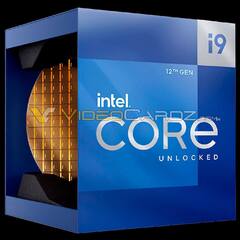-
Featured Topics
-
Topics
-
2
-
Sjokk ·
Posted in New Builds and Planning1 -
Yosh1 ·
Posted in Networking2 -
7
-
damian61 ·
Posted in CPUs, Motherboards, and Memory5 -
Delano.888 ·
Posted in Windows17 -
Blasty Blosty ·
Posted in Displays28 -
1
-
joshfrog ·
Posted in LTTStore.com Merch0 -
NorfStaaar ·
Posted in New Builds and Planning7
-


.png.255947720031a641abdac78e663b681c.png)















Create an account or sign in to comment
You need to be a member in order to leave a comment
Create an account
Sign up for a new account in our community. It's easy!
Register a new accountSign in
Already have an account? Sign in here.
Sign In Now